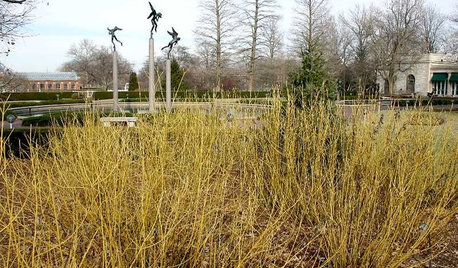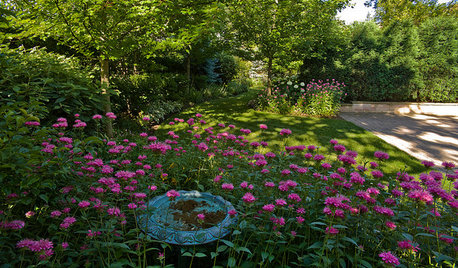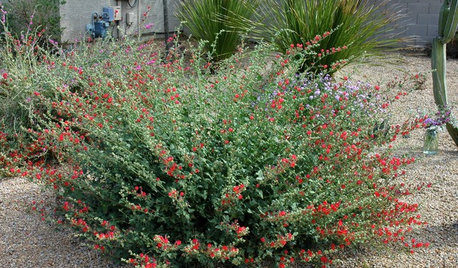Direct Sowing Seeds in Zone 5
Michaela (Zone 5b - Iowa)
10 years ago
Related Stories

CONTAINER GARDENS8 Easy Container Plants to Grow From Seed
Get beautiful blooms and herbs in summer by starting these choice garden picks from seed in spring
Full Story
WINTER GARDENINGExtend Your Growing Season With a Cold Frame in the Garden
If the sun's shining, it might be time to sow seeds under glass to transplant or harvest
Full Story
CENTRAL PLAINS GARDENINGCentral Plains Gardener's January Checklist
Sow your garden dreams while poring over seed and plant catalogs and maybe getting crafty in the shed
Full Story
NATIVE PLANTS5 Ways to Keep Your Native Plant Garden Looking Good All Year
It’s all about planning ahead, using sustainable practices and accepting plants as living organisms
Full Story
LANDSCAPE DESIGNSee 5 Unexpected Ways to Use Vines
Vines can grow over slopes, trail off pergolas and add seasonal color to the garden
Full Story
LANDSCAPE DESIGNExuberant Self-Seeders for Gorgeous, Easy-Care Gardens
Keep weeds down, color high and maintenance low with beautful plants that sow themselves
Full Story
GARDENING GUIDESSouthwest Gardener's February Checklist
Orange you glad for a citrus-fertilizing reminder? And don't forget the recommended doses of vegetable seeds and cold-hardy flowers
Full Story
FLOORS5 Benefits to Concrete Floors for Everyday Living
Get low-maintenance home flooring that creates high impact and works with home styles from traditional to modern
Full Story
GARDENING GUIDESHow to Keep Your Trees Healthy
Ensure your trees’ vigor for years to come with these tips for protecting roots, watering effectively and more
Full Story
KITCHEN DESIGNKitchen Recipes: Secret Ingredients of 5 One-of-a-Kind Cooking Spaces
Learn what went into these cooks’ kitchens — and what comes out of them
Full StoryMore Discussions







Mary Leek
Michaela (Zone 5b - Iowa)Original Author
Related Professionals
Ballwin Landscape Architects & Landscape Designers · Belmont Landscape Architects & Landscape Designers · Piqua Landscape Architects & Landscape Designers · Southfield Landscape Architects & Landscape Designers · Mount Wilson Landscape Architects & Landscape Designers · Bell Gardens Landscape Contractors · Euclid Landscape Contractors · Fort Atkinson Landscape Contractors · Tuscaloosa Landscape Contractors · Vacaville Landscape Contractors · Santa Clarita Fence Contractors · Nipomo Fence Contractors · Kearns Window Contractors · Montgomery Village Window Contractors · Trinity Window Contractorsmyrmayde Zone 5b, western Montana
bernergrrl
myrmayde Zone 5b, western Montana
docmom_gw
molanic
myrmayde Zone 5b, western Montana
docmom_gw
myrmayde Zone 5b, western Montana
molanic
myrmayde Zone 5b, western Montana